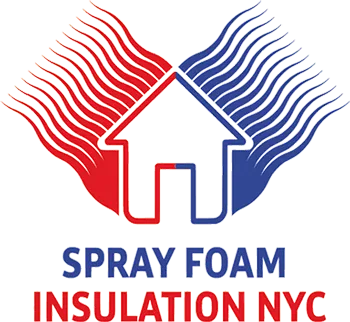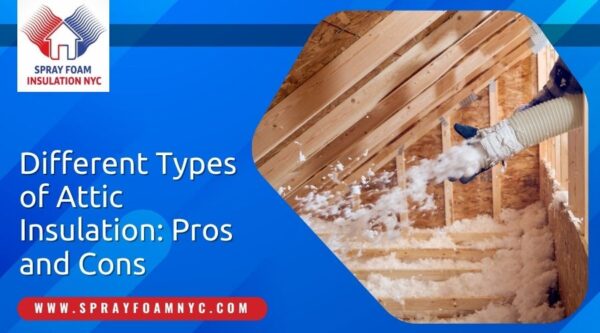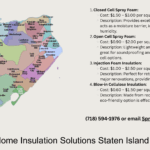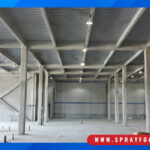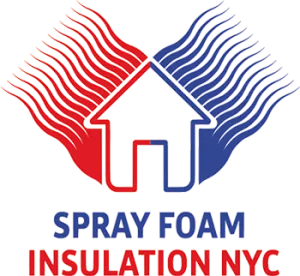When contemplating energy efficiency within our homes, the spotlight falls squarely on attic insulators in New York. Among the array of available options, spray foam insulation for attics have been capturing significant attention and receiving commendation. With its remarkable attic insulation R-value frequently surpassing that of alternative types of attic insulation, it’s evident why homeowners are increasingly drawn to it. However, what distinguishes it from its counterparts?
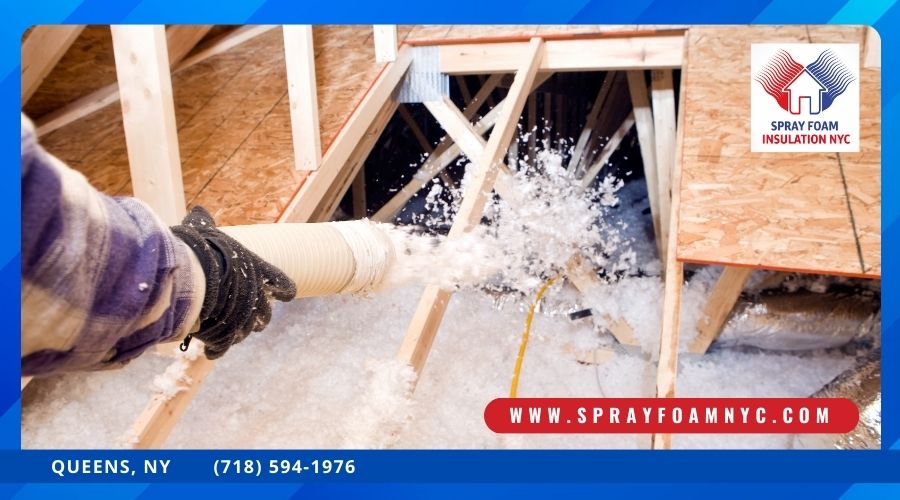
Spray Foam Attic Insulation Overview
Among the various insulation choices, spray foam attic insulation has the unique ability to adapt and fill in spaces, offering a complete seal against potential energy leaks. Given its adeptness at sealing, it’s not just an insulator; it’s an energy conservation tool, delivering an attic insulation R value often unparalleled by its counterparts.
Delving Deeper: Types of Spray Foam Insulation
Though spray foam insulation sounds homogenous, it’s far from it. Open cell insulation in the attic has a lighter consistency, with its sponge-like texture making it ideal for spaces that aren’t uniformly shaped. It doubles as an efficient sound barrier, and its breathability ensures proper air circulation. However, it may not offer the moisture resistance level some homeowners seek.
Conversely, closed cell attic insulation stands out as a robust option, guaranteeing dense insulation. Apart from its superior moisture and vapor-blocking capabilities, it provides an attic insulation R value that is notably higher. This efficiency does come at a cost, as it’s generally pricier than its open-cell counterpart.
Benchmarking Against Other Insulation Methods
As impressive as spray foam’s credentials are, traditional types of attic insulation materials such as fiberglass attic insulation and cellulose attic insulation have their merits. Fiberglass, for instance, is both affordable and provides a good level of thermal resistance. Comparatively priced with alternative insulation materials, fiberglass insulation presents an economical choice. Its notable attributes include a high R-Value and efficient thermal conductivity, contributing to eventual energy savings. Moreover, its durability typically spans 10 to 20 years and has the potential to curtail heating and cooling expenses by around 40% to 50%. As stated in the Greenbuilder website.
Scrutinizing Spray Foam’s Environmental and Health Impacts
For all the spray foam advantages, there’s a responsibility to consider its broader implications. The material’s potential to release volatile organic compounds (VOCs) is a concern. As a result, during and after its application, homeowners should prioritize adequate ventilation and strict adherence to safety standards.
Cost Implications and Long-Term Value
The investment in spray foam might seem substantial at the outset, especially when considering the immediate costs. However, taking a long-term perspective reveals a different picture. The energy savings over time, combined with the potential to increase property value, underscore that this attic insulation type isn’t just an expenditure but a worthwhile investment.
Exploring Energy Efficiency Beyond Insulation
While the focus of energy efficiency often centers on insulation, other aspects play pivotal roles. Addressing areas such as windows and doors, weather stripping, and efficient appliances can significantly contribute to overall home efficiency. These factors, when integrated thoughtfully with attic insulation, form a comprehensive strategy for optimal energy conservation and cost savings.
The Technological Frontier: Smart Attic Insulation Solutions
As technology continues to revolutionize the way we live, it’s also reshaping the realm of home insulation. Smart attic insulation systems, equipped with sensors and automation, are emerging as innovative options. These systems can dynamically adjust insulation properties based on weather conditions, occupancy patterns, and time of day. While still in the nascent stages, smart attic insulation holds the promise of maximizing energy efficiency by intelligently adapting to varying needs, potentially revolutionizing the way we perceive and implement home insulation solutions.
Leveraging Natural Resources: Eco-Friendly Attic Insulation Alternatives
Exploring sustainable insulation materials derived from renewable resources, like wool, hemp, or recycled denim, presents an environmentally conscious approach to attic insulation, reducing carbon footprint while ensuring effective thermal regulation.
Installation Considerations
While the allure of DIY is ever-present in home improvement, the complexities of installing spray foam insulation warrant a professional touch. From identifying potential problem areas to ensuring safety protocols are met, the nuanced approach of seasoned professionals can be invaluable.
Unlocking Energy Efficiency in NYC: Connect with Spray Foam Insulation Experts
Navigating the intricate world of attic insulation options in New York can be quite a daunting task. However, armed with knowledge and insights, homeowners in the state are better equipped to make informed decisions. Among the various choices, spray foam insulation might stand out as the preferred method for attic insulators in New York, given its numerous advantages. Nevertheless, the ultimate choice should always align with individual requirements, budget limitations, and future goals.
Intrigued by the array of benefits that spray foam insulation for attics will bring to your New York City residence? There’s no need to delay! Get in touch with our team of experts at “Spray Foam Insulation NYC” and discover the unparalleled energy efficiency and long-term savings that this insulation method can provide.
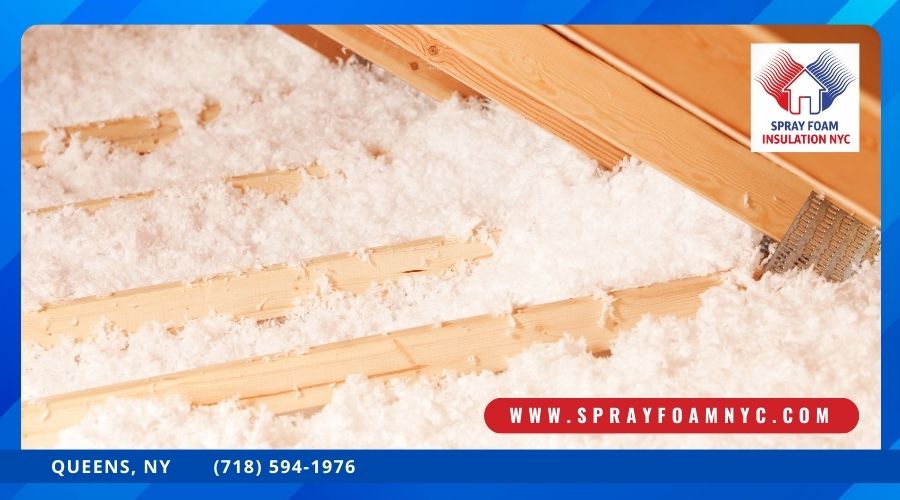
Frequently Asked Questions
Is spray foam insulation worth the cost?
Absolutely! Think long-term energy savings, durability, and home value appreciation.
How long does spray foam insulation last?
When professionally installed, you’re looking at a lifespan that exceeds 20 years.
What’s the primary difference between open-cell and closed-cell spray foam?
Open-cell is lighter, breathable, and more affordable. Closed-cell offers superior strength, moisture resistance, and a higher R value.
Are there health concerns with spray foam insulation?
With proper installation and ventilation, risks are minimal. Still, always prioritize safety during application.
How does the R-value of spray foam compare to other insulation types?
Typically, spray foam offers a higher R-value per inch, making it one of the most efficient insulation materials available.
